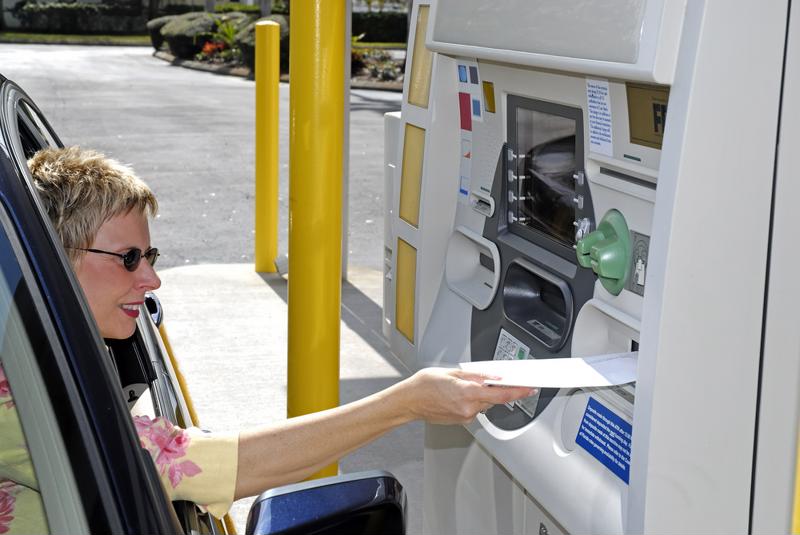
The IoT banking market predicted to be worth $237.4 billion in less than 10 years
By Max BurkhalterAugust 31, 2022
The growth of the internet of things (IoT) — a term that refers to the expanding network of physical objects that are connected to the Internet and can collect and exchange data — market for banks is an interesting trend to watch. Banks are one industry that has seen a huge influx in IoT-related technologies, as they seek to keep up with changing customer demands.
A recent report published by Allied Market Research titled "Internet of Things (IoT) in Banking Market" states that the market was worth $12.7 billion in 2021 with a projected compound annual growth rate of 33.9%. The expectation is that the IoT in banking market will be worth $237.4 billion by 2031.
The COVID-19 pandemic lockdowns in addition to the rise of social distancing positively affected this growth. Demand for contactless payments and online banking quickly pushed the banking industry to embrace the IoT. Visa reported growth of tap-to-pay transactions by over 30% in 2021 and 50% of consumers reported the choice to no longer purchase from retail locations that did not offer access to tap technology.

The many factors that have been predicted to influence this enormous increase in the IoT banking market include:
The growth of smart, wearable devices.
The advancement of cloud computing technology is expected to develop.
The attractiveness of lower fees and higher interest rates offered by direct banking applications.
The growth of innovation from SMEs competing with larger enterprises.
The ongoing digital transformation and growth in communication capabilities coming out of Asia-Pacific.
The increased market for smart ATMs limits fraud and makes banking more accessible to all abilities.
The optimization of 5G technology has provided financial institutions with the ability to offer real-time payment settlement systems.
How has COVID-19 impacted the expected growth of the IoT in banking market?
COVID-19 led to a widely accepted work-from-home (WFH) culture, which has persisted well past the restrictions set out by governments. This will likely continue to influence the growth in convenient banking services expected from major financial institutions to compete with smaller tech startups aiming at this target audience. It's something traditional banks may not have been compelled to do – break the norms of banking institutionalized over centuries – if not for the unexpected pandemic.
One of the biggest advantages that banks will have from this growing technology trend is that they will be able to gain access to valuable insight and analytics not possible before. They'll know exactly what their customers are doing and how they are using their money. Banks can use this information to offer more personalized services and products, which will increase customer loyalty.
Pushing Innovation
Perle is proud to partner with leaders in the fintech sector. To learn more about how Perle terminal servers are providing connectivity for today's banking technology initiatives, visit our financial solutions page.



